Importance of Safety Gear in Work Settings
Each year, countless employees across numerous industries fall prey to workplace accidents, which can not only cause severe injuries but could also prove fatal. This can lead to tragic loss and financial burdens. It is, thus, essential to gear up with appropriate safety equipment when working, especially under harsh conditions.
Imagine you're working on a construction site during a heavy downpour and you've got nothing but a plastic bag to protect yourself. Having reliable safety gear in such a situation, particularly quality rain gear, could significantly reduce the associated hazards.
Here are the key reasons why prioritizing safety gear at the workplace is of utmost importance:
- Enhances Productivity and Efficiency: Wearing the right safety equipment makes workers feel safe, and when they feel safe, they can perform better without worrying about potential harm. It not only boosts morale but also increases efficiency and productivity.
- Legal Compliance: Most industry regulations mandate the use of safety gear in various job settings. Failing to comply could result in hefty fines and potentially lawsuits.
- Avoids Long-term Health Complications: Chronic exposure to hazardous elements can lead to long-term health problems. Safety gear can, therefore, be a barrier, shielding workers from such detrimental side effects.
- Prevents Accidents and Saves Lives: Ultimately, the use of safety gear could be the difference between life and death in certain situations. Protective equipment can help prevent serious injuries and protect lives in case of accidents or mishaps.
John F. Kennedy once famously said, "The time to repair the roof is when the sun is shining." The same principle applies to workplace safety. It's always better to be proactive, rather than reactive, when it comes to ensuring safety at work.
When used properly, safety gear serves as the first line of defense against various threats in the workplace. Hence, it should not be taken lightly. Prioritizing safety can ensure a healthier, happier, and more productive workforce.
Key Safety Gear Elements
Whether you're a seasoned contractor or a novice DIY enthusiast, safety is paramount when tackling any project. Investing in the right personal protective equipment (PPE) is one of the best ways to ensure your safety at work. Let's dive into some of the key safety gear elements you should always have on hand.
Protective Eyewear
Your eyes are irreplaceable and delicate, making them vulnerable to splashes, radiation, flying objects, and dust. High-quality safety goggles or glasses, featuring anti-fog and anti-scratch lenses, can provide protection against these potential hazards. A snug fit, wrap-around design, and adjustable straps can add an extra layer of comfort and security, ensuring optimal protection.
Safety Footwear
Next to eyesight, foot injuries can also lead to severe impairment and loss of mobility. Therefore, quality safety boots or shoes, made from durable materials, offer essential protection from falling objects and sharp items. Choose footwear with reinforced toecaps, puncture-resistance, and good slip resistance, offering stability on uneven surfaces.
Gloves
Our hands are constantly at work, hence the risk of cuts, burns, chemical exposure, or even bacterial infections. Therefore, protective gloves, designed per task-specific needs, should form part of your safety gear. Be it cut-resistant, thermal protecting or chemical-resistant gloves, the right type will ensure your hands stay safe and agile.
Head Protection
Head injuries can be severe and life-threatening. Therefore, helmets or hard hats are indispensable safety gear elements, especially in construction, mining, or other heavy-duty work environments. Modern hard hats come with adjustable straps for a comfortable fit and are lightweight without compromising quality or strength.
Respiratory Protection
Working in an environment with dust, fumes, or harmful airborne chemicals poses a serious health risk. Proper respiratory protection in the form of face masks, respirators or breathing apparatus can provide a crucial shield.
Hearing Protection
Exposure to high noise levels can lead to hearing loss over time. Earplugs or earmuffs provide a solution by reducing noise levels and protecting your hearing health in industrial and construction environments.
Protective Clothing
Last but not least, protective clothing plays a crucial role in safeguarding you from various hazards. Your choice of clothing will depend on the work environment. It ranges from high-visibility jackets in high traffic areas to chemical-resistant suits in environments exposed to hazardous substances.
Taking a closer look at these key safety gear elements will set you on the right path to choosing the best protective gear for any job at hand. However, the importance of tailoring your safety gear to your specific work environment can't be overstressed, as it not only protects you but also boosts productivity and morale. For more insights on this topic, check out our definitive guide on the best protective gear elements for more specific scenarios, such as high-altitude construction work.
Role of Safety Gear in Enhancing Productivity
In today's fast-paced industrial and construction sectors, safety gear plays an instrumental role in not just assuring the welfare of employees, but also in improving the efficiency and productivity of workforces across the board. From hard hats, safety glasses, and earplugs to high-visibility jackets and sturdy gloves, every item carries significance that reaches far beyond just safety.
Preventing Injury
A notable argument for the importance of suitable safety gear in the workplace is its role in preventing injuries. Minor cuts or major fractures due to a lack of appropriate protection can lead to hefty medical bills, legal liabilities, and most importantly, the well-being of the employees:
- A simple helmet can stave off significant injuries caused by falling objects or collision.
- Gloves prevent cuts, burns, and skin penetration by sharp and hazardous elements.
- Safety glasses shield the eyes against flying debris, intense light, harmful substances, and dust.
Thus, safety gear effectively defends workers against potential hazards, reducing the risk of injuries and subsequent costs.
Boosting Employee Confidence
A less tangible yet significant benefit of wearing safety gear relates to the boost in employee confidence. The Comfortable Work Gear Matters blog illustrates how comfort and safety can walk hand-in-hand, having a direct impact on the worker’s morale. When employees feel safe and comfortable, they:
- Work more efficiently.
- Take fewer breaks.
- Experience higher job satisfaction.
- Showcase enhanced team spirits.
Therefore, by relieving the worker's anxiety about personal harm, safety gear can indirectly lead to impressive improvement in productivity levels.
Reducing Downtime
The time that a worker is off from work due to an injury or illness means a drop in productivity and an increase in extra costs associated with employing temporary replacements or paying overtime. By facilitating avoidance of such work-related injuries, safety gear helps reduce downtime and ensures smoother workflow and stable output levels.
Complying with Safety Regulations
Last but not least, safety gear ensures the employer's compliance with local and national regulations and standards related to workplace safety. Non-compliance can land businesses in legal trouble, including hefty fines and a tarnished reputation. Wearing safety gear at the workplace is a testament to an organisation's commitment towards the well-being of its employees and compliance with regulations, promoting a positive brand image.
In summary, safety gear, along with playing its primary role in ensuring the worker’s protection against hazards, contributes to enhanced productivity, thereby making it a crucial element for businesses seeking growth and stability.
Evaluating and Selecting the Right Safety Gear
Safety is a top priority in every workplace. From construction sites to scientific labs, proper safety gear protects employees from potential hazards and helps ensure wise adherence to regulatory requirements. But, selecting the right safety gear may not be an easy task given the varied options and considerations. Let's delve in to understand how to make better and informed choices.
Understanding Workplace Risks
First and foremost, understanding the risks associated with your workplace is crucial. Not every work environment poses the same level of danger. A chemist working in a lab wouldn’t need the same safety gear as a steel factory welder. Here are some elements to consider:
- Chemical Hazards: Exposures to chemicals pose a list of health hazards. Depending on the type of chemicals handled, specific safety gear like gloves, eyewear or face masks might be needed to prevent chemical burns, inhalation, and eye injuries.
- Physical Hazards: These include risks from machinery, falling objects, extreme heat or cold, or potential falls. To mitigate this, one might need helmets, safety shoes, heat or cold resistant gloves, and anti-slip footwear.
- Biological Hazards: For workers who may potentially come into contact with biological material, protective clothing, gloves, and protective glasses should be considered.
Aligning with Safety Standards
Aligning your safety gear with standard guidelines and local regulations is fundamental. Look for gear that meets the International Safety Equipment Association (ISEA) standards and OSHA guidelines. This assures that the safety gear has been tested rigorously and guarantees a high level of safety.
Considering Comfort and Fit
A common mistake when choosing safety gear is overlooking the importance of comfort and fit. Ill-fitting gear can reduce effectiveness and may lead to unnecessary risks.
- Ensure gear is available in various sizes to accommodate all employees.
- Apparel should allow flexibility and movement without sacrificing protection.
- Breathability is important in preventing discomfort and heat stress.
Assessing Durability and Longevity
When investing in safety gear, you'd want to ensure that it can withstand the intensity of the work environment for an extended period. Oftentimes, quality can correlate directly with durability, so it's wise not to compromise on this aspect. Look for gear made from resilient materials and consider factors such as abrasion resistance, weight, and maintenance needs before making a selection.
Our informative guide on Selecting Reliable Work Gear provides additional specifics, helping you make a more informed decision.
Ultimately, understanding your workplace's unique safety requirements, aligning with safety standards, considering comfort and fit, and assessing durability and longevity will aid you in selecting the most appropriate safety gear. A well-protected worker is not just a regulatory requirement but a fundamental contributor to the overall productivity and success of the workplace. Invest wisely, stay safe.
Best Practices for Using Safety Gear
In today's dynamic workforce, prioritizing safety at the workplace cannot be overemphasized. With the correct use of safety gear, significant reductions in workplace injuries can be achieved. This post highlights essential best practices for using safety gear. They are easy to follow, yet they could be the difference between a safe working environment and a hazardous one.
Proper Training
Effective use of safety gear begins with proper training. Before anyone steps into a potentially dangerous environment, they need to understand the function and operation of each piece of safety gear required in that area.
- Understanding why the gear is essential fosters respect for the correction use of the gear.
- The appropriate demonstration for putting on, adjusting, and taking off the gear should be given. This reduces the risk of using the safety gear incorrectly.
- Realistic training scenarios not only clarify how the gear should be used but also instill confidence in its ability to protect when needed.
Employees should thoroughly understand how their safety gear works, why they need it, and how to use it correctly before they encounter any hazardous situation.
Regular Inspections
Routine safety gear inspections ensure the gear is always in optimal working condition. Dependent on the specific industry, these inspections could be daily, weekly, or monthly and should not be neglected.
- All gear should be checked for damage, such as tears, cracks, or fraying.
- Gear functionality should be evaluated, ensuring mechanisms are not jammed or worn.
- The safety gear should fit correctly. Ill-fitting gear not only affects function, but it could also lead to discomfort and even injury.
Only when the safety gear is in tip-top condition, employees stand a better chance against workplace hazards.
Immediate Replacement of Failed Gear
If during your regular inspections, a piece of safety equipment fails the inspection or is found to be past its ‘expiration date’, it must be immediately replaced. The delay could mean endangering life, integrity, and productivity. It’s far less expensive to replace safety gear that fails inspection than to deal with the consequences of an avoidable accident.
Safe Storage and Maintenance
Lastly, the way safety gear is stored and maintained significantly affects its longevity and effectiveness.
"Preservation in a clean, dry environment prevents damage to sensitive equipment from dampness and condensation."
Also, following manufacturers' recommended maintenance practices helps keep the gear in top-notch condition and ready for use.
In conclusion, remember, safety gear is designed to protect and safeguard your workforce from potential harm. Therefore, the onus is on the management and employees to ensure they are maintained and used effectively. Through proper training, regular inspections, immediate replacement of failed gear, and safe storage and maintenance, the advantages of safety gear become a daily reality at the workplace.
Conclusion
Ensuring workplace safety and productivity isn't a matter of choice, but an astonishingly crucial commitment to your work and workforce. A practice that involves providing workers with the right safety gear, adhering to proper safety protocols and injury prevention measures. Not only does it shield them from potential hazards but also instills confidence in them, believing their well-being is esteemed. Adhering to these principles undeniably sets the pace for a harmonious, productive and most importantly, safe workforce environment.
In the pursuit of exemplary safety gear, it's essential to consider elements such as understanding workplace risks, aligning with safety standards, comfort, fit, durability, and longevity. Always remember it's not about selecting the most expensive gear, but the most fitting, comfortable and reliable one that matches your unique work environment.
Rain Gear Pro sets the benchmark for exceptional work gear that combines paramount safety and optimal comfort, guaranteeing enhanced worker productivity. Our chainsaw safety pants, characterized by durability and remarkable resistance to wear, epitomize this commitment. Engineered to tackle notorious crotch blowouts and backed by superb protection, nothing quite spells confidence in your work gear than this!
With a keen eye on these key points, an amplified focus on safety, and a platform such as Rain Gear Pro that's dedicated to offering high-quality, durable, and reliable safety gear, every workplace can effectively enhance safety productivity for their workers.
Frequently Asked Questions
-
What are the essential work gear elements for enhancing safety and productivity?
The essential work gear elements for enhancing safety and productivity include: 1. Safety helmets, 2. High-visibility clothing, 3. Safety gloves, 4. Safety boots, and 5. Eye and ear protection.
-
Why is wearing a safety helmet important?
Wearing a safety helmet is important as it protects the head from falling objects, impacts, and electrical hazards, reducing the risk of head injuries and ensuring worker safety on construction sites and other hazardous environments.
-
What is the significance of high-visibility clothing?
High-visibility clothing is significant as it improves visibility and helps in identifying workers in low-light conditions or busy work areas, reducing the chances of accidents caused by not being seen by machinery operators or fellow workers.
-
Why are safety gloves important in the workplace?
Safety gloves are important in the workplace as they protect hands against cuts, abrasions, chemical exposure, and other hazards. They enhance grip, dexterity, and comfort, allowing workers to handle objects safely and efficiently.
-
What are the benefits of wearing safety boots?
Wearing safety boots provides protection against falling objects, sharp objects, electrical hazards, and slips or falls. They offer reinforced toe caps, sole puncture resistance, and anti-slip features, ensuring foot safety and stability in various work environments.



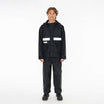
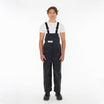

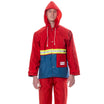
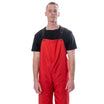
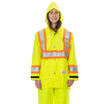
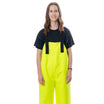
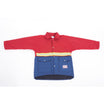
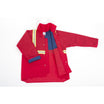
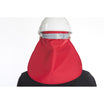
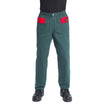
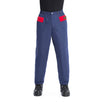
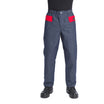
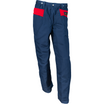
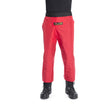
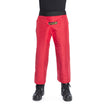
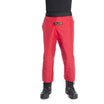
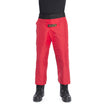
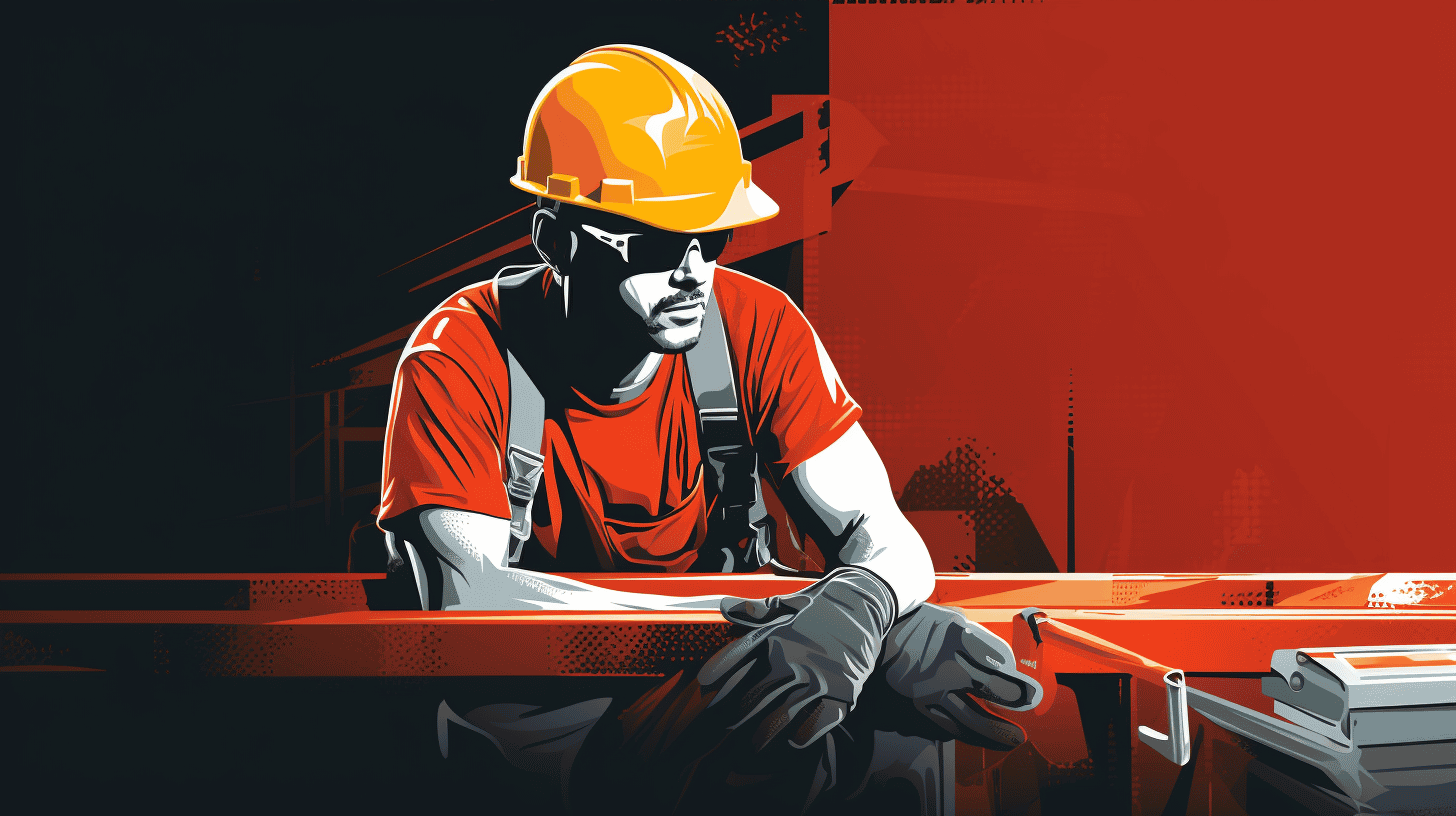
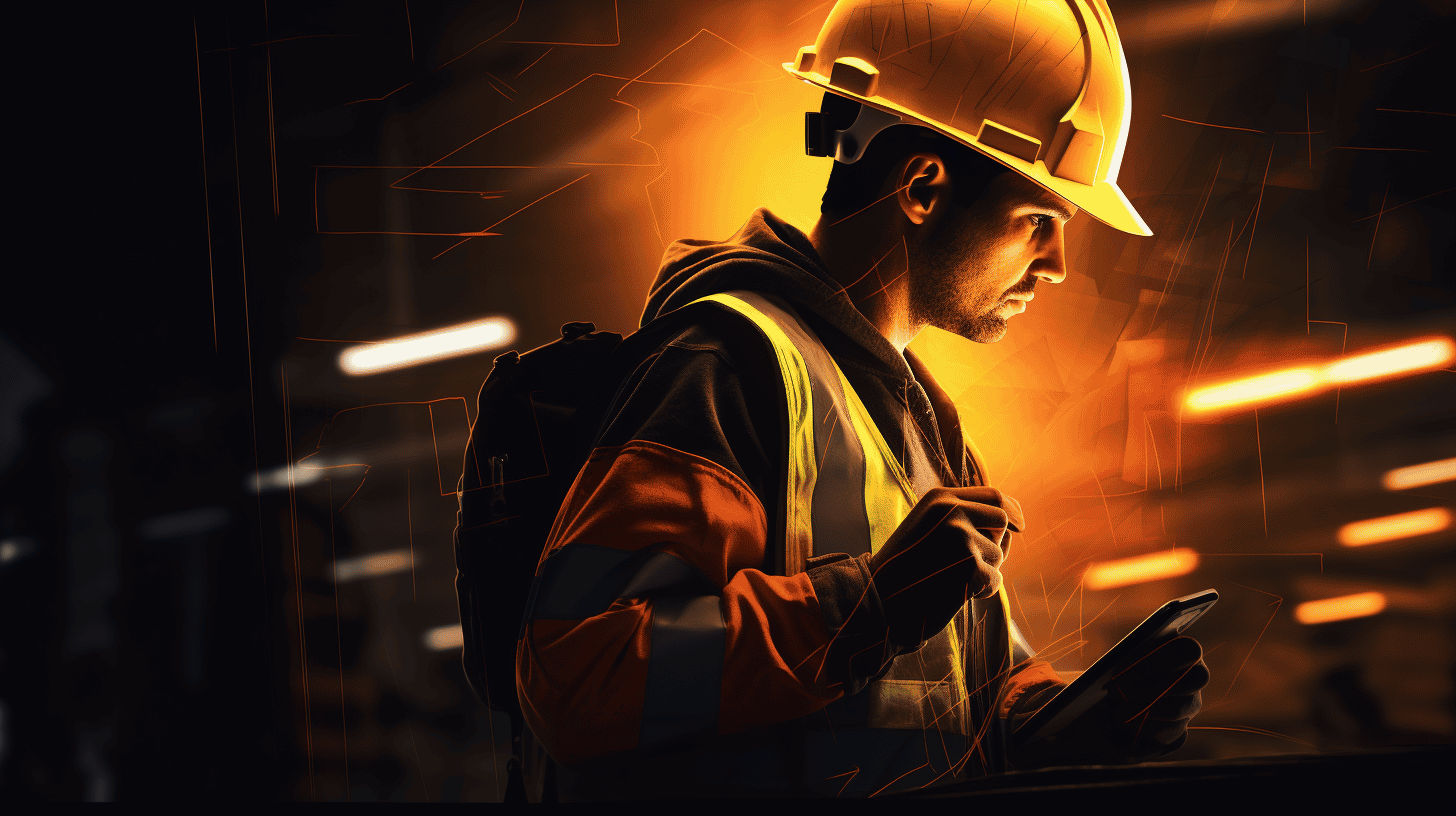
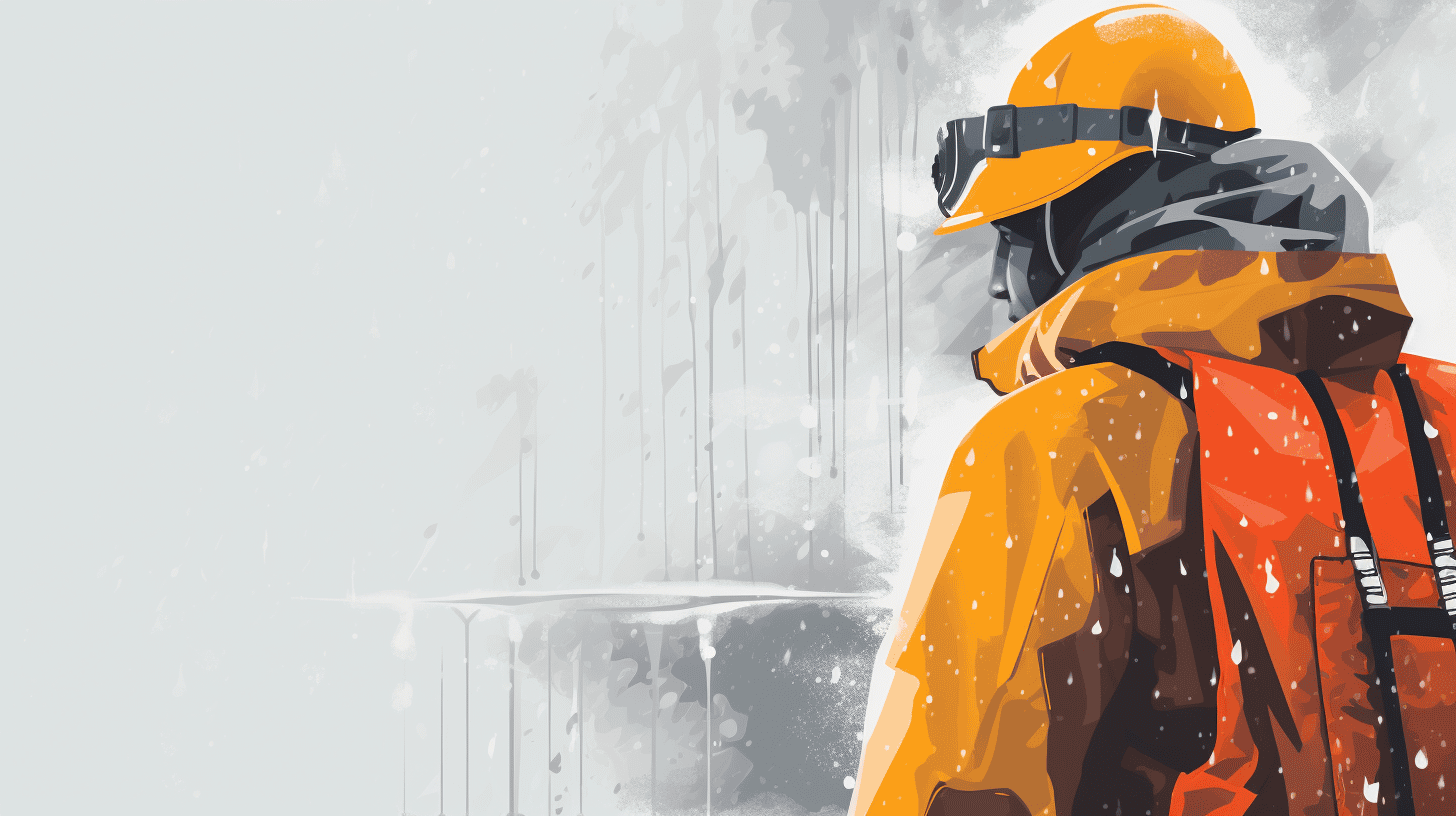
Leave a comment
This site is protected by hCaptcha and the hCaptcha Privacy Policy and Terms of Service apply.